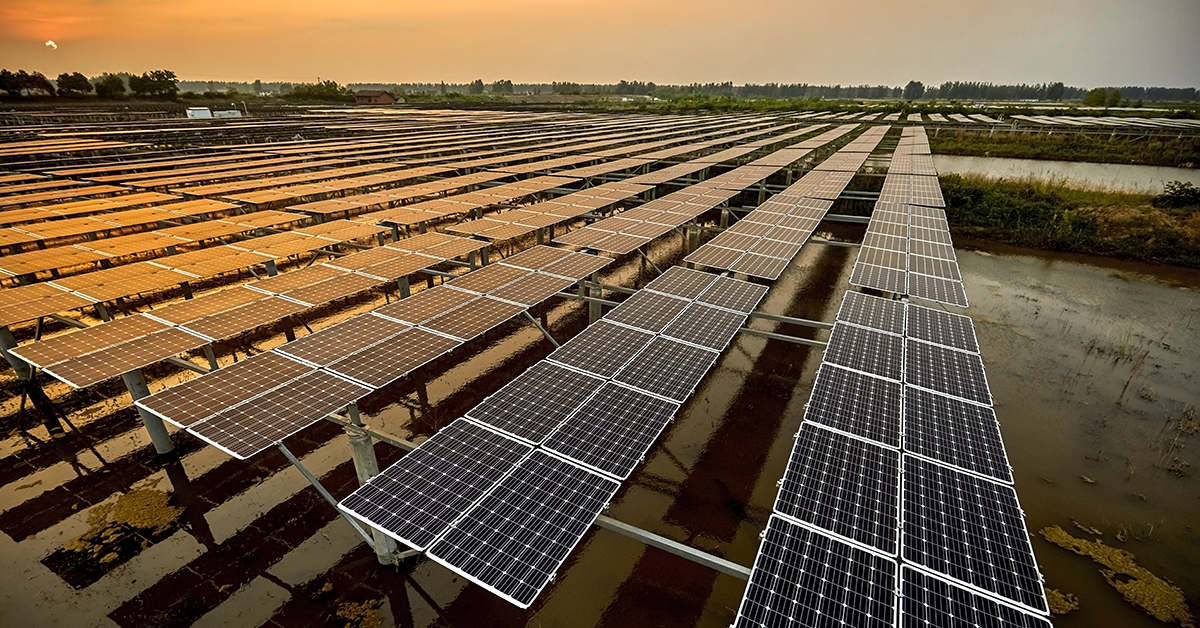Our 2025 Sustainability Report is here! Dive in.
Transforming Distributed Energy Resources into Grid Assets
April 13, 2020 •Franklin Energy

Distributed energy resources are undoubtedly in a position to revolutionize the electric energy industry. That means utilities need to adapt in order to leverage the opportunity emerging. But the key is knowing how to prepare for DER adoption before it takes over.
An article in Utility Dive shines a light on what lies ahead for DER. “Between 2018 and 2022, U.S. distributed solar installations will grow from today’s roughly 2.0 million to almost 3.8 million,” the article states. “Behind-the-meter battery storage is forecast to grow in that period from around 200 MW to nearly 1,400 MW. And EVs will go from today's 1% of new car sales to over 50% by 2035.”
That’s a lot of change for a traditionally stable industry, and it’s coming fast. The good news is that utility perception of DER is positive, with most considering this undeniable future an opportunity instead of a threat.
Utilities need to be prepared for 21st century realities if they want to turn DER capabilities from challenges into opportunities. In a future-looking DER plan, utilities will need to keep new technology front and center and place special emphasis on customer education and engagement.
How DER benefits utilities
Nurturing the adoption of DER can benefit utilities in several ways:
- DERs can provide demand response opportunities to allow utilities to shift load and create a flatter load curve
- Distributed power generation can help avoid costly infrastructure investments such as new power plants, and transmission and distribution assets.
- Building grid assets out of distributed resources provides utilities the opportunity to deepen the relationship with customers. At their core, DER grid assets are composed of hundreds or thousands of customer devices. Aggregating these resources requires a focus on customer engagement and education that provides ongoing value to utilities.
- DER can help utilities meet increasing electricity demands, which are projected to grow by 0.7 percent per year through 2040, while keeping rates affordable.
- DER improves the resilience of the electrical grid.
- DERs have the added value of being energy efficient and “green,” which can help utilities meet their clean energy goals.
Engaging customers in DER Programming
As more customers focus on their energy use and their impact on the environment, they’ll be in the market for products that can help them move toward their goals. Utilities can help facilitate the adoption of these connected energy technologies—and establish themselves as the expert and trusted energy consultant—by providing education and incentives tied to utility-driven programs that streamline DER adoption through product marketplaces, installation services that leverage trade ally networks and energy management portals that simplify program and technology information for customers. Through customer education and engagement, utilities have the opportunity to take the lead in DER. While customers were once passive players in the utility market, they are now spending more time educating themselves on energy and the impact their energy use has both globally and in their local community. Success of the future smart grid is reliant upon engaging and educating consumers to allow them to take a more active role in managing their energy use. Utilities are primed to deliver by offering integrated platforms and streamlined program experiences to customers looking to take action.
To learn more about Franklin Energy’s grid optimization and customer engagement programs that can help your utility take the lead in DER, schedule a meeting with an expert today.

